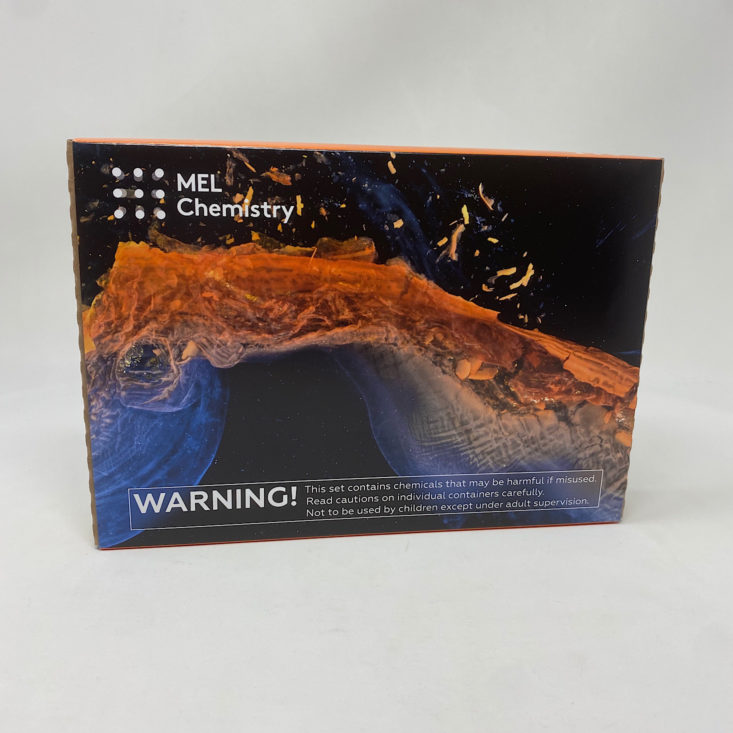
MEL Chemistry is a subscription box for kids ages 9-14 from parent company MEL Science that sends all of the materials you need to complete 2-3 chemistry experiments every month. This is perfect for kids who are interested in science or for homeschool students! Check out our reviews for MEL Physics (ages 8- 14+) and MEL Kids (ages 5-10) to see what else MEL Science has to offer!

This box was sent to us at no cost for review. (Check out the review process post to learn more about how we review boxes.)

About MEL Chemistry
The Subscription Box: MEL Chemistry
The Cost: $34.90 per month
The Products: Everything you need to conduct 2-3 chemistry experiments each month safely in your own home!
Ships to: The U.S. and U.K. for free. International shipping to select countries is also available, although there may be additional shipping charges depending on location.
MEL Chemistry "Diffusion" Review April 2021
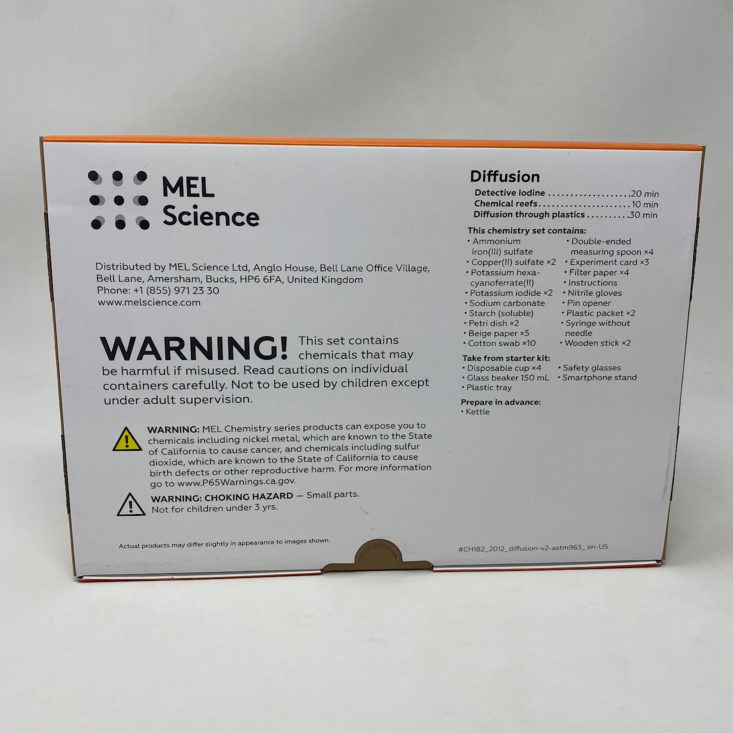
This month our experiments' theme is "Diffusion" and the contents were listed on the back of our box. You may note that they list a few items we need to get from our Starter Kit.
Note: The following items did not come in this month's kit!
Starter Kit
Your free starter kit (valued at $50.00) will come in your first shipment. It includes all of the equipment you'll need to conduct your experiments each month and even includes some accessories for your tablet or smartphone to help you access all of the information they provide in their apps. To see more details about everything we received in our kit, you can check out our review here!
VR Headset
Also included with our Starter Kit was this virtual reality headset. This cardboard headset folds up easily and then you slip your phone into the slot and use their free MEL VR app.
The VR app opens up in a lab where we have the opportunity to learn about different molecules and atoms and explore them closely. This is so great for gaining a deeper understanding of what happens throughout our experiments and as a fun extension to our lessons!
These are the items we needed this month: a tray to work on, our safety goggles, and our phone/tablet stand.
We also needed our glass beaker and one of these plastic cups.
The outside of our box actually unfolded to reveal some safety information, information about the reagents included and some instructions for our projects.
Another option for accessing the directions is through the app, which provides a more interactive way to complete the experiments. Here is a look at how the app is set up. It's well organized and easy to use with information on safe disposal, some troubleshooting tips, and a scientific description of what happens during the experiment. You can even set a reminder to start the experiment.
The app provides thorough, detailed instructions. Some of the instructions are even animated, which is pretty cool, and usually if it is a timed experiment, they will have a little built-in timer on that page for you to use. Some months, they even include an educational video for us to watch while we wait. At the end, they ask you to rate the experiment.

All of our reagents come packaged neatly with absorbers in the bag in case of any spills. The bottles are clearly labeled and include information about any hazards. They provided enough materials for us to complete our experiments a couple of times. Each label also contains a little code that we can scan to open up for more information about the chemicals. We are able to view it in 3D or even in virtual reality by using the VR app and our headset.
The app gives so much detail about each of the reagents including a description, hazards, precautions, and even a link to the Wikipedia page for further information. So thorough! And it's even more fun if you interact through the VR app! This is from a previous experiment, but the information follows the same format for each reagent.
They provided a few basic supplies that were used throughout all of our experiments; a pair of gloves, some double-ended spoons for measuring, some wooden sticks for stirring, and a paperclip which is used to pop out the little rubber stopper in some of our liquid reagent bottles. They also provided a syringe for us to measure out and add water for some of the experiments.
Experiment 1: Diffusion Through Plastics
Our first experiment was "diffusion through plastics." While the app is fun to use, it is not a necessity, since they provide a card like this one that contains all of the necessary information for your experiments, complete with full-color illustrations. The front gives a brief description of what to expect, and also provides a scale to rate the difficulty and danger of the activity as well as the duration. On the back is a little box we can scan with our app which allows us to open directly to the experiment on our phone or tablet if you'd prefer that method.
It wasn't long before the diffusion occurred!
Experiment 2: Chemical Reefs
The next experiment was "chemical reefs" and for this, we needed more copper sulfate along with potassium hexacyanoferrate trihydrate, sodium carbonate, and ammonium iron sulfate dodecahydrate.
They also provided some Petri dishes, filter paper, and some cotton swabs.
I added water to a small dish, then wet two cotton swabs, and added some of the copper sulfate and potassium hexacyanoferrate trihydrate to each one, and then transferred that to opposite sides of the dish. You can see that over time they dissolved and the edges spread toward one another forming our chemical reef.
I attempted the same thing with using all four of the reagents on a larger dish, but for some reason, it's almost as though some of them didn't dissolve well? Perhaps they needed to be in a specific order on the dish to dissolve. It still looked pretty cool though!
Experiment 3: Detective Iodine
Our last experiment was super simple, but cool. It involved the potassium iodide and copper sulfate again along with some paper.
I wiped my forehead with three fingers and then placed them on the paper. Then I added both reagents to a plastic cup and set the paper fingerprints down over top of the cup.

After awhile, my fingerprints appeared as if by magic!
Verdict: This month's MEL Chemistry experiments provided some great somewhat immediate visual representations of the chemical reactions that were occurring. The experiments were very simple but effective in showing diffusion. I think you could explore this whole concept or at least the reagents they used a bit further through the app for an even more well-rounded educational experience! The box was organized neatly, it was simple to find everything and the directions were easy to follow. This would be a great box as part of a homeschool curriculum, or to use supplementally for a child taking chemistry courses!
To Wrap Up:
Can you still get this box if you sign up today? Yes, it is possible that you will receive this set. From MEL Chemistry:
"The topics are looped such that the start date of your subscription does not matter; you will eventually receive all the experiment sets."
Check out all of our MEL Chemistry reviews and our list of the best subscription boxes for kids, as recommended by MSA readers!
Keep Track of Your Subscriptions: Add MEL Chemistry to your subscription list or wishlist!
What do you think of MEL Chemistry?


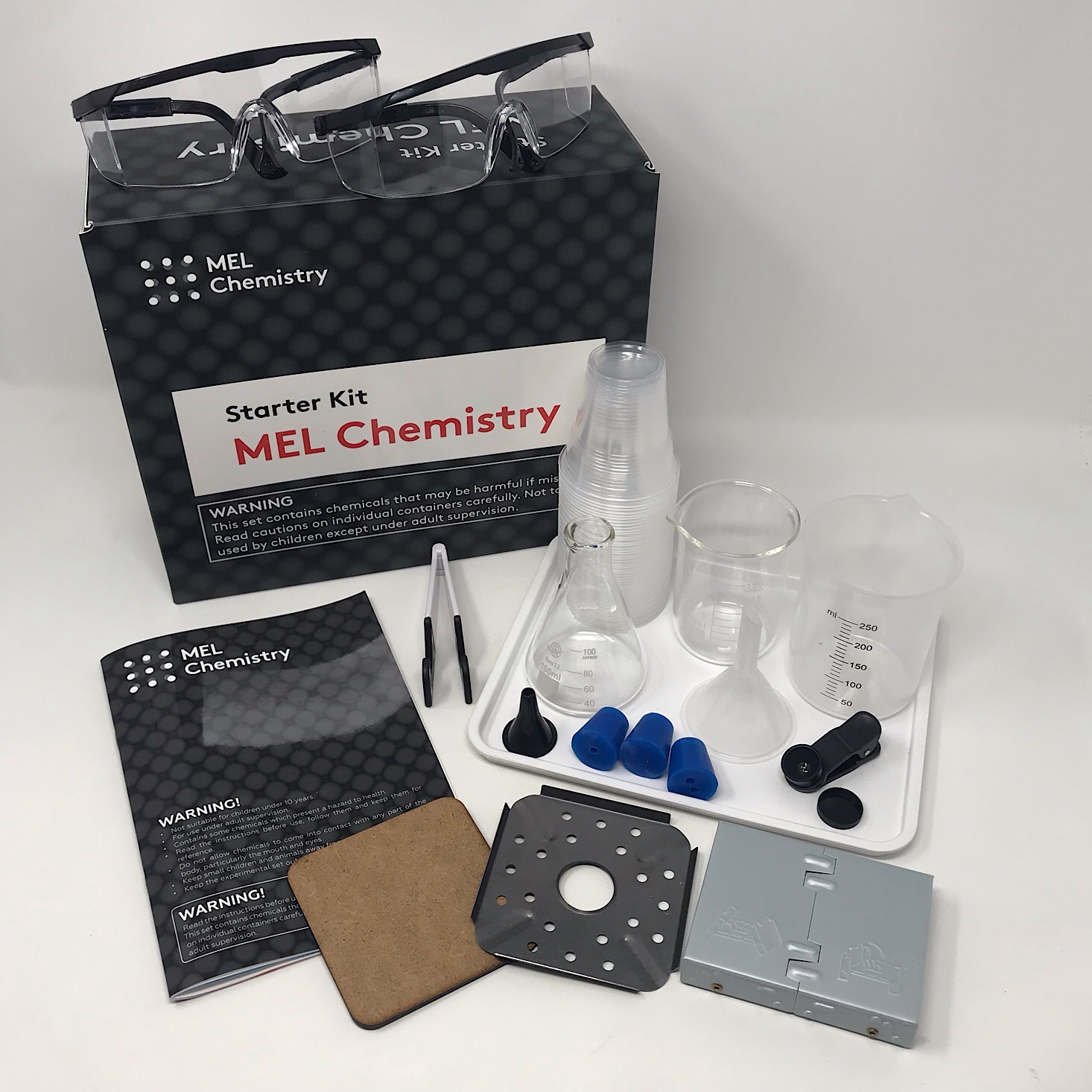
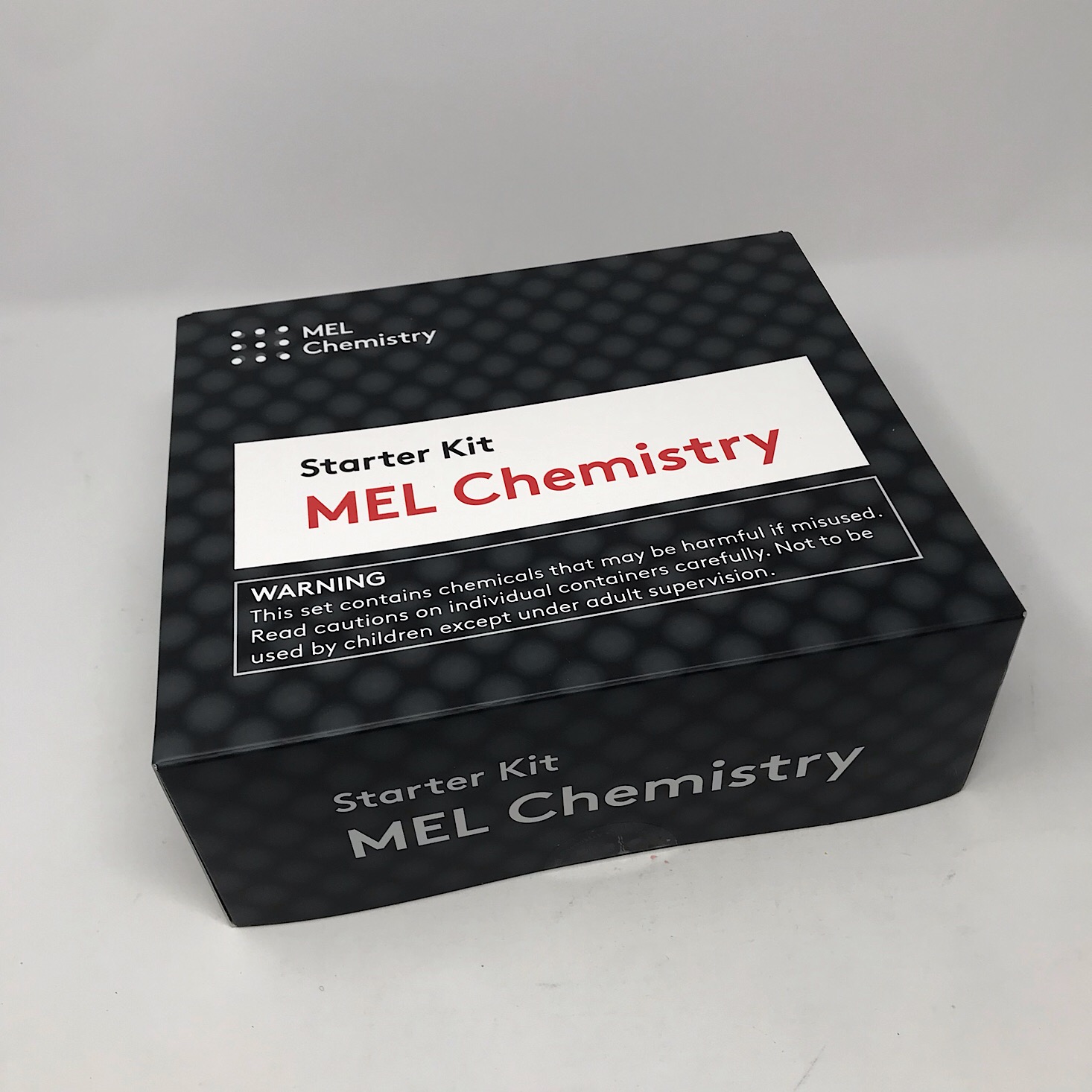
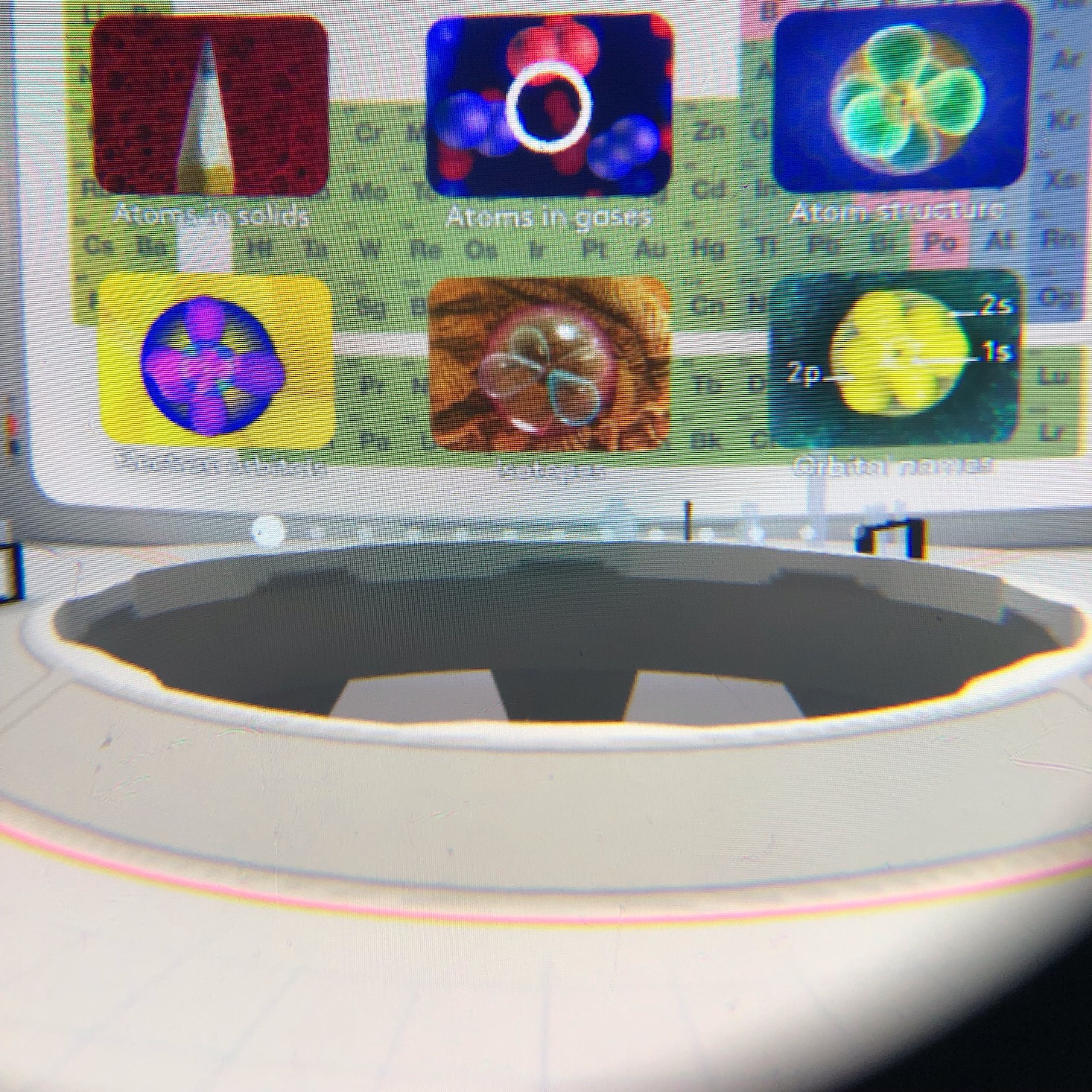








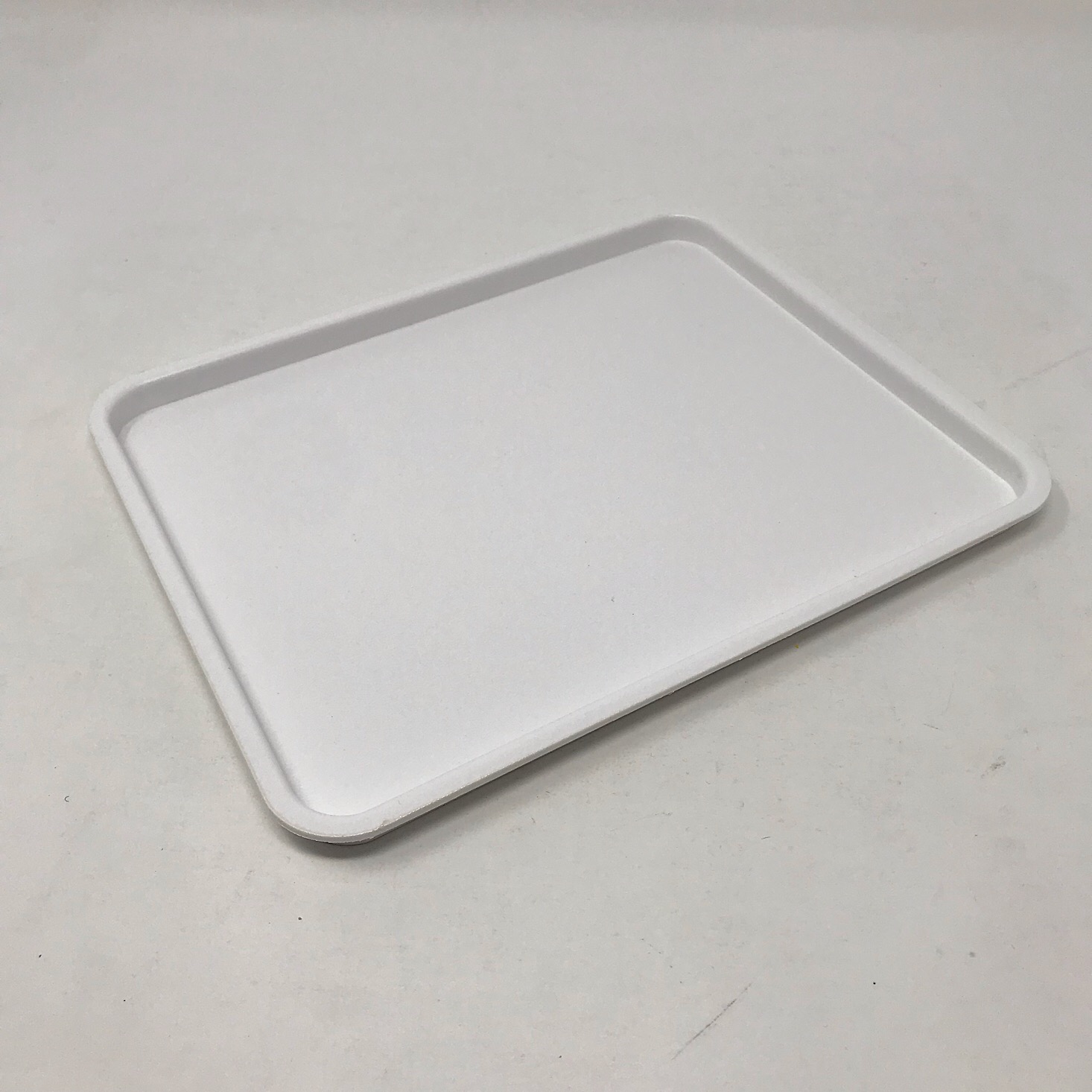
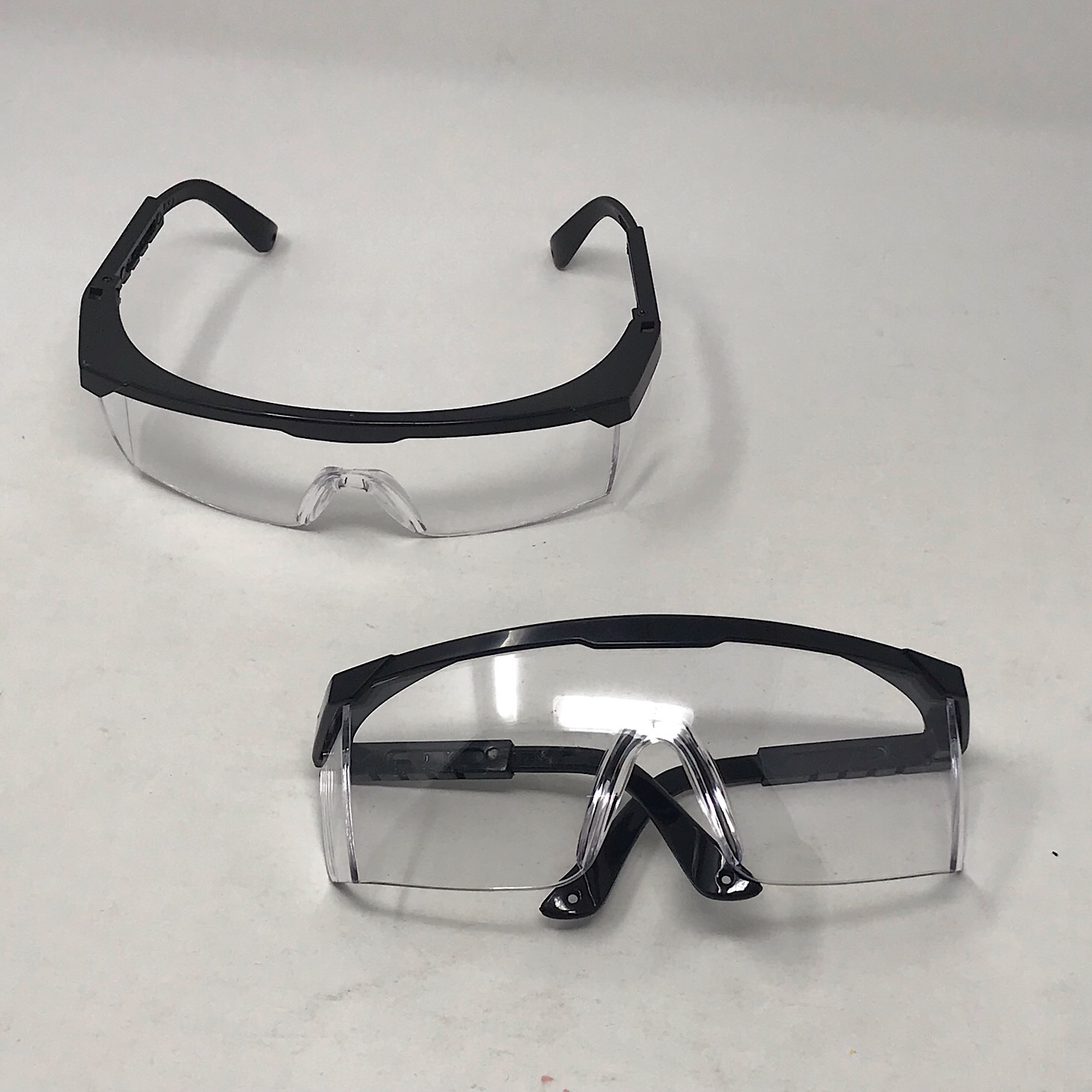
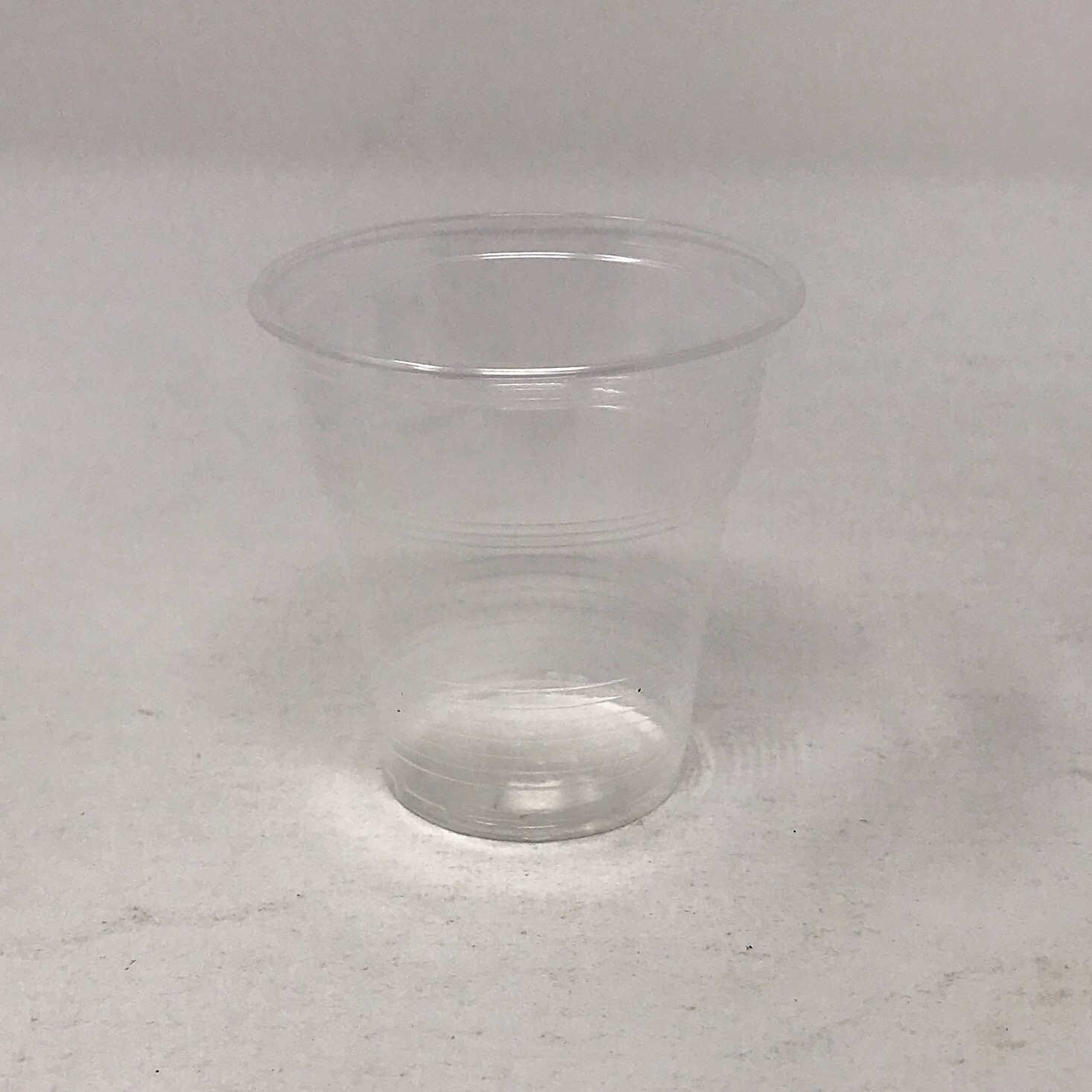


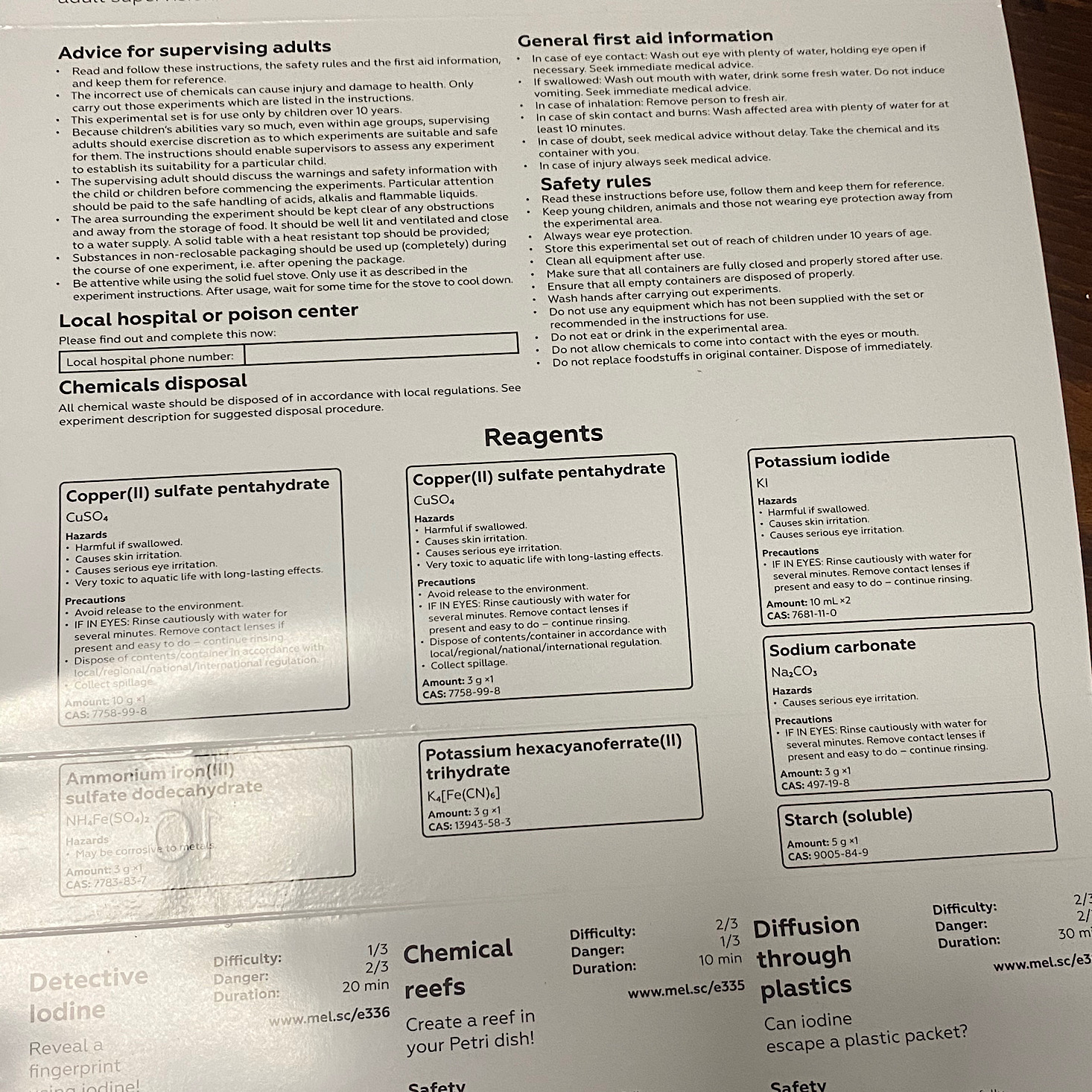

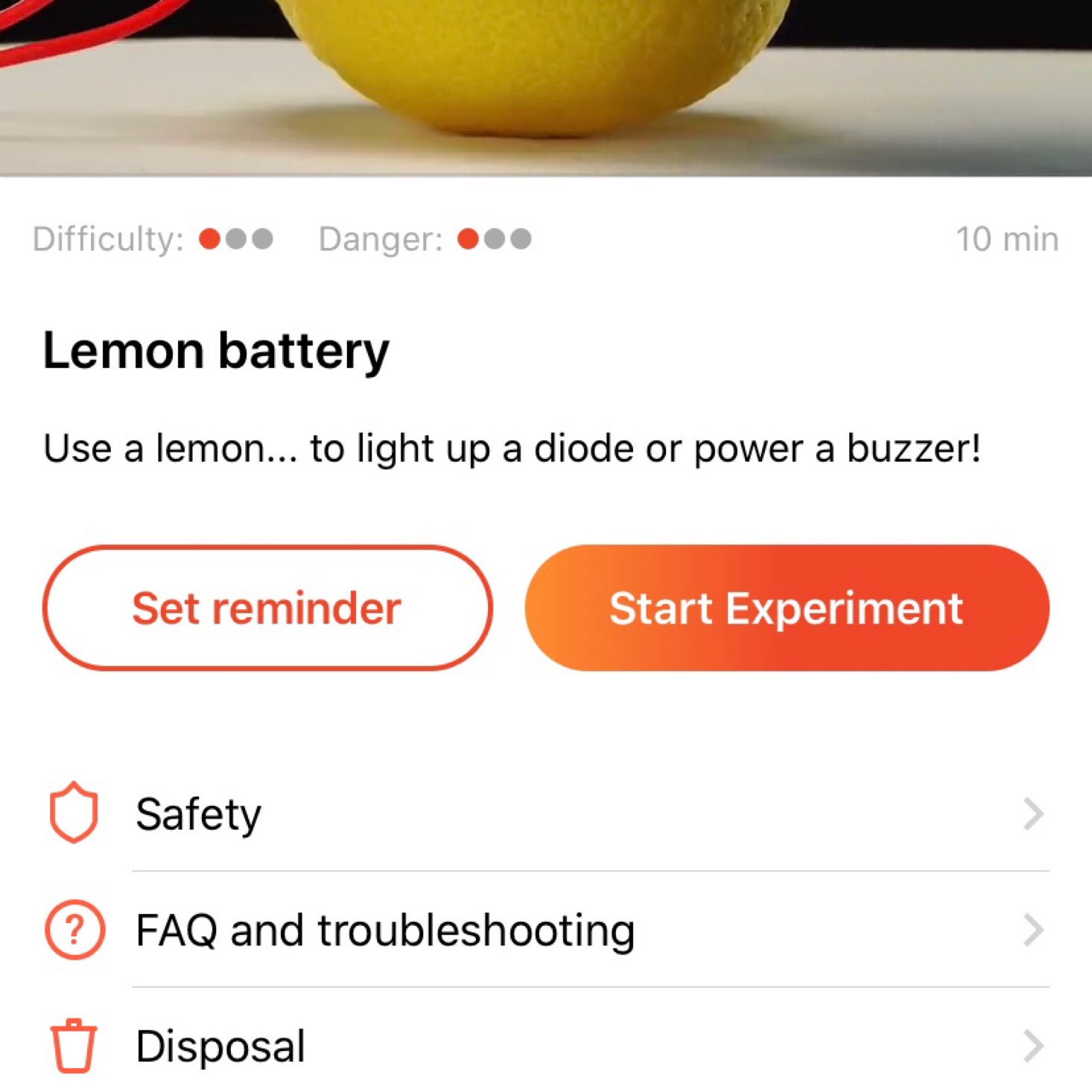
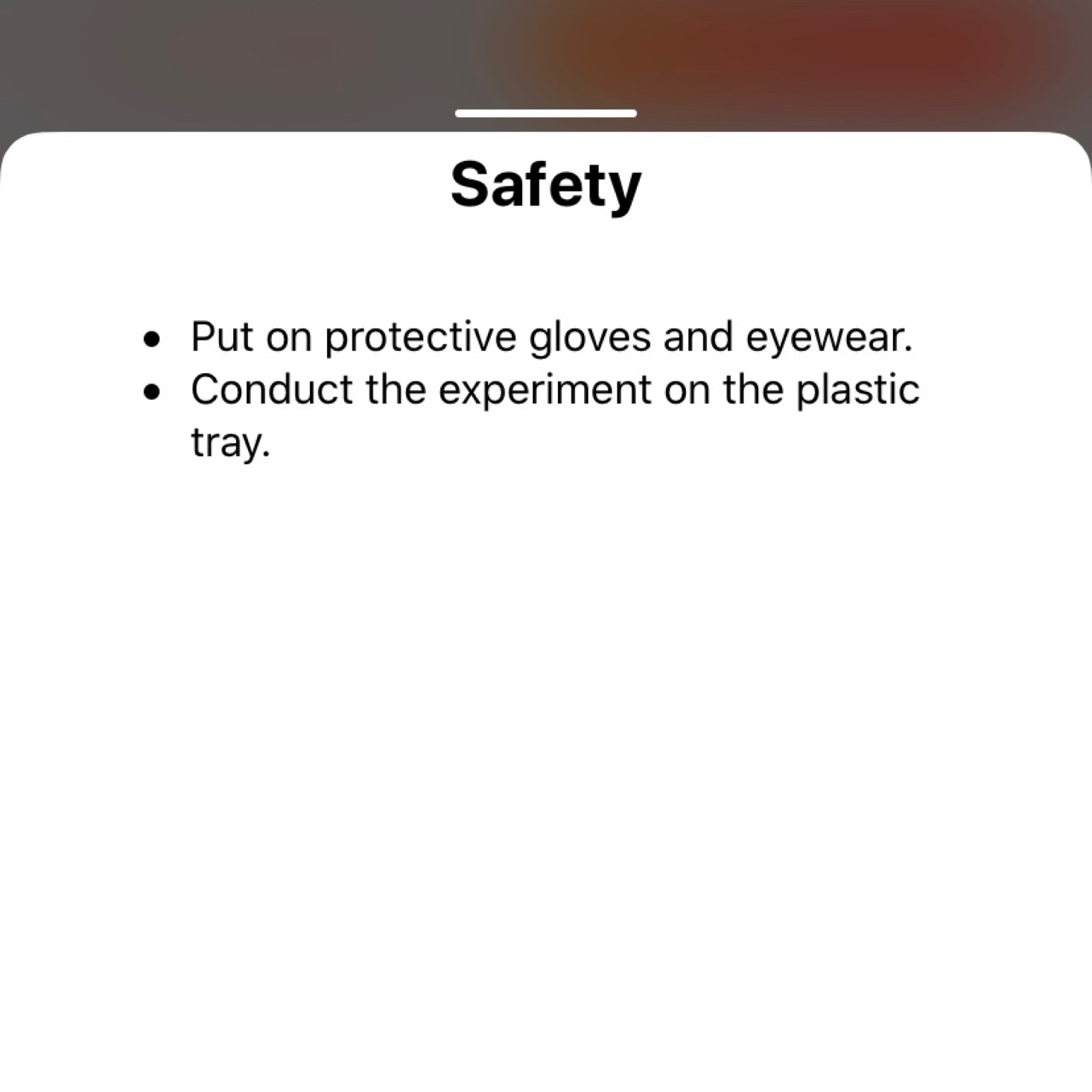






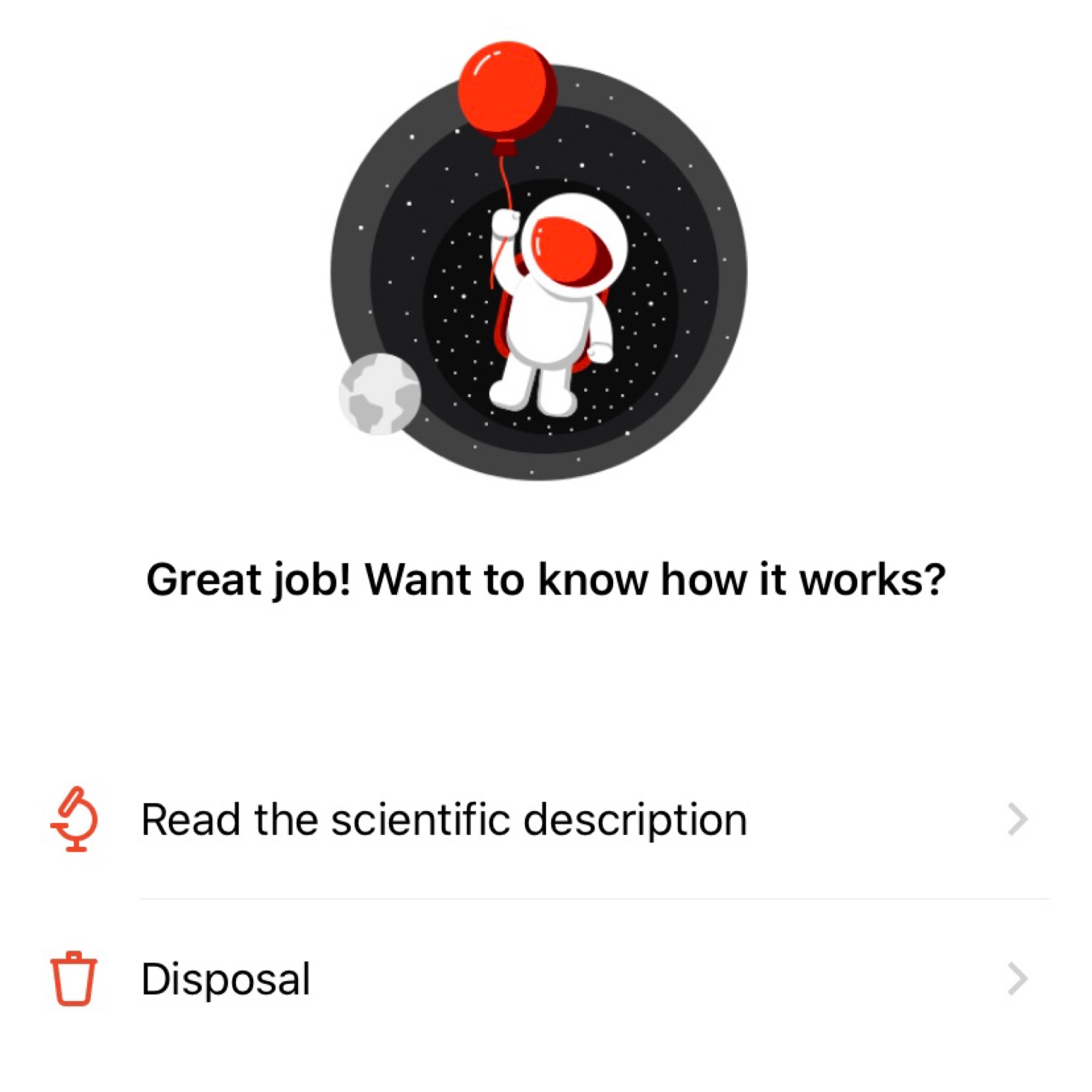






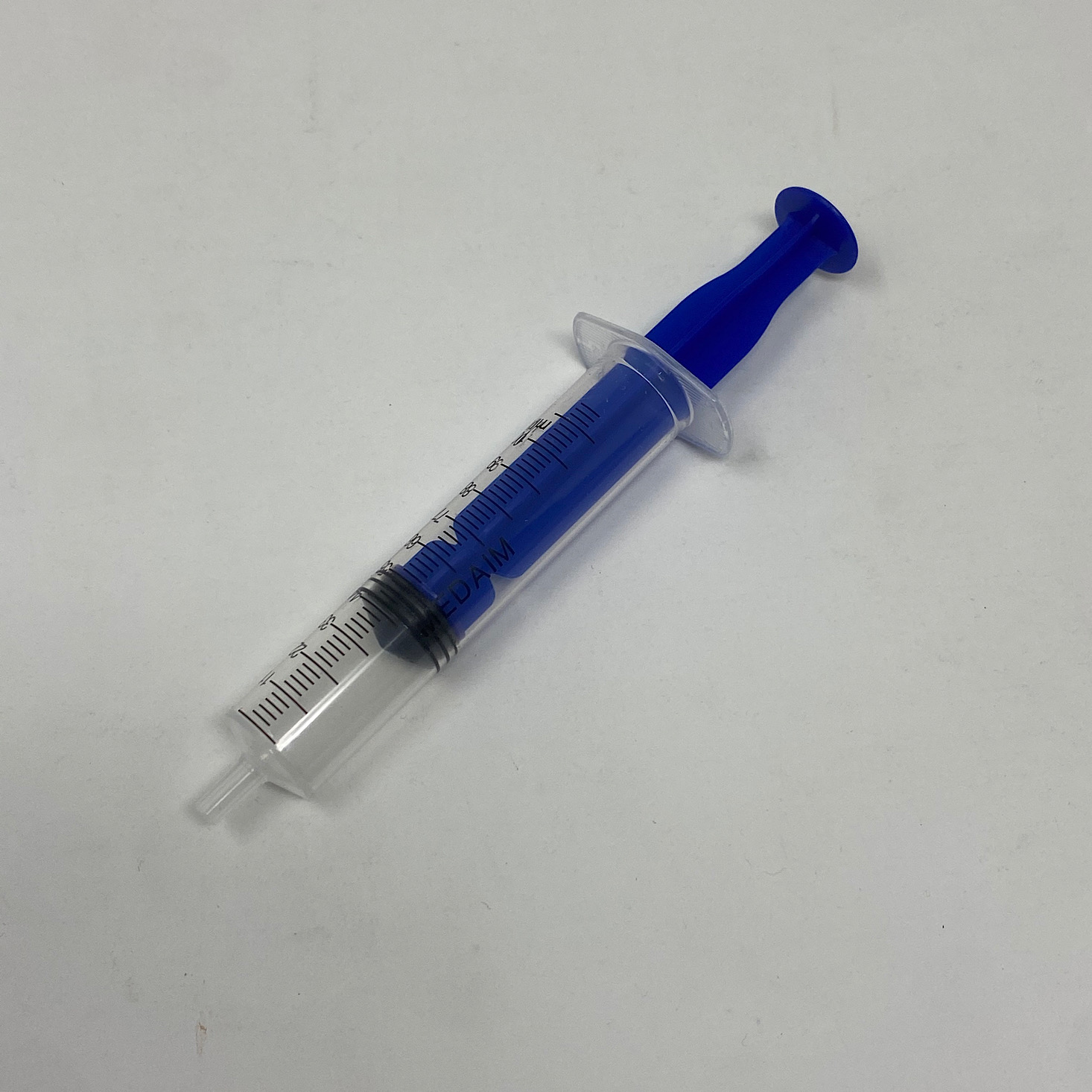
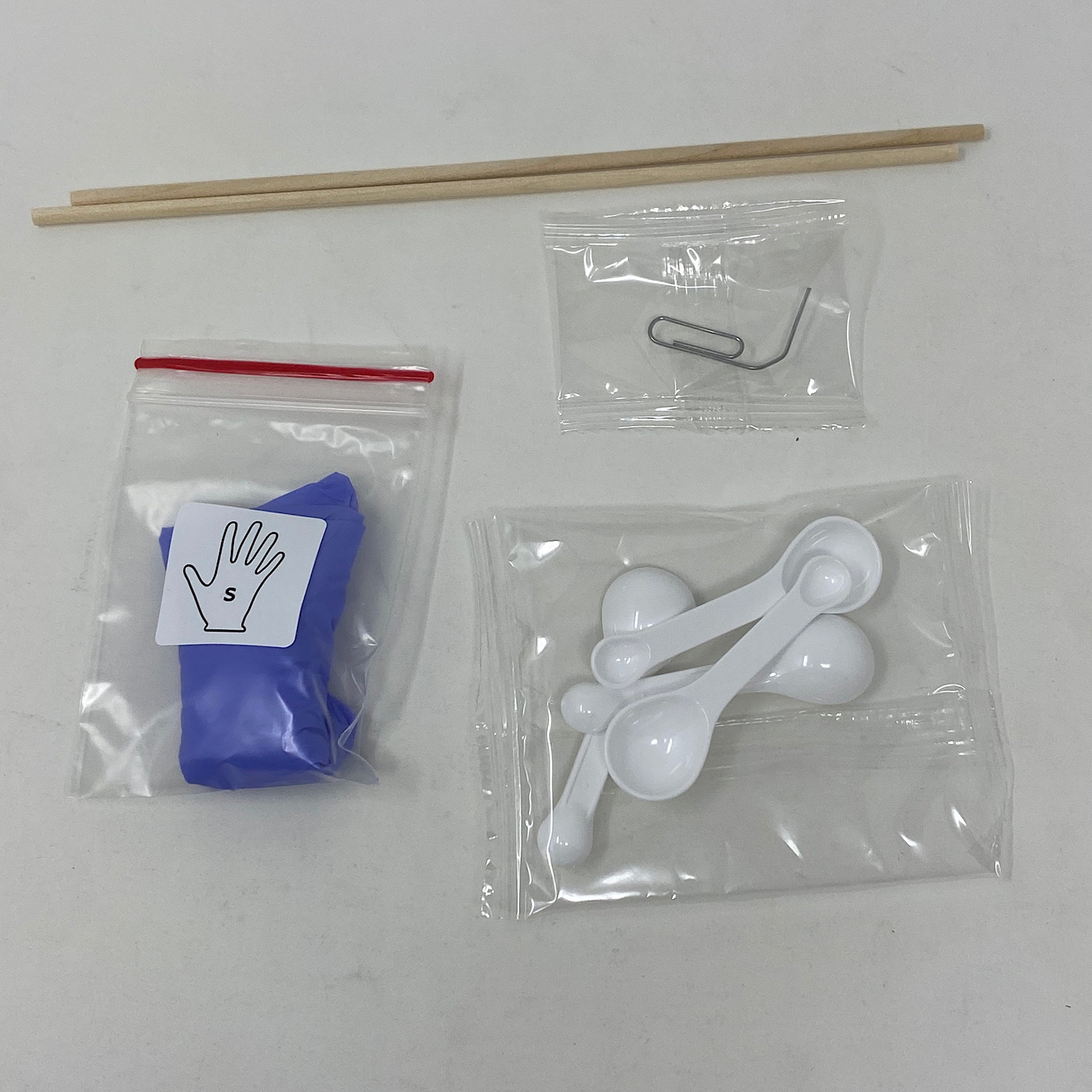


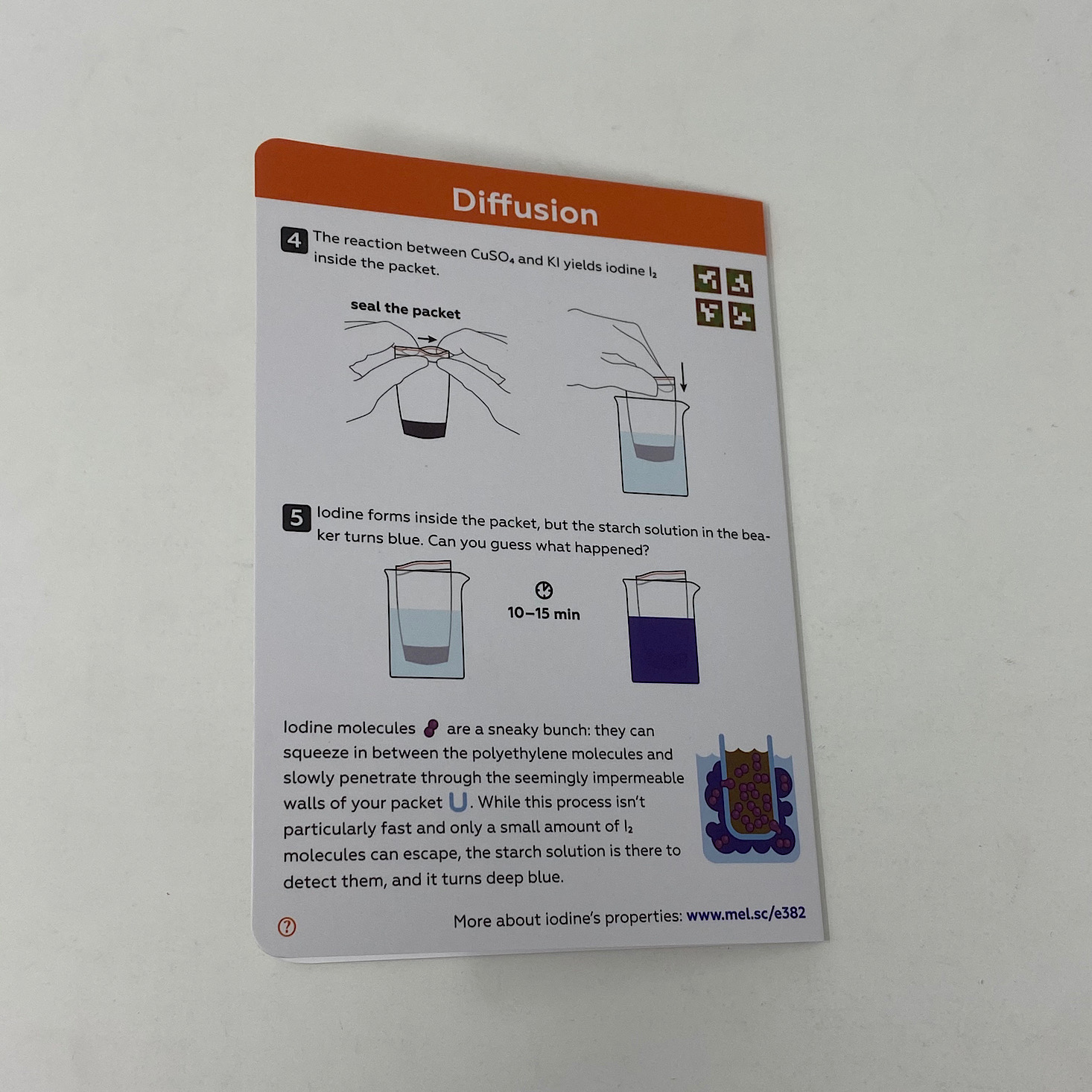

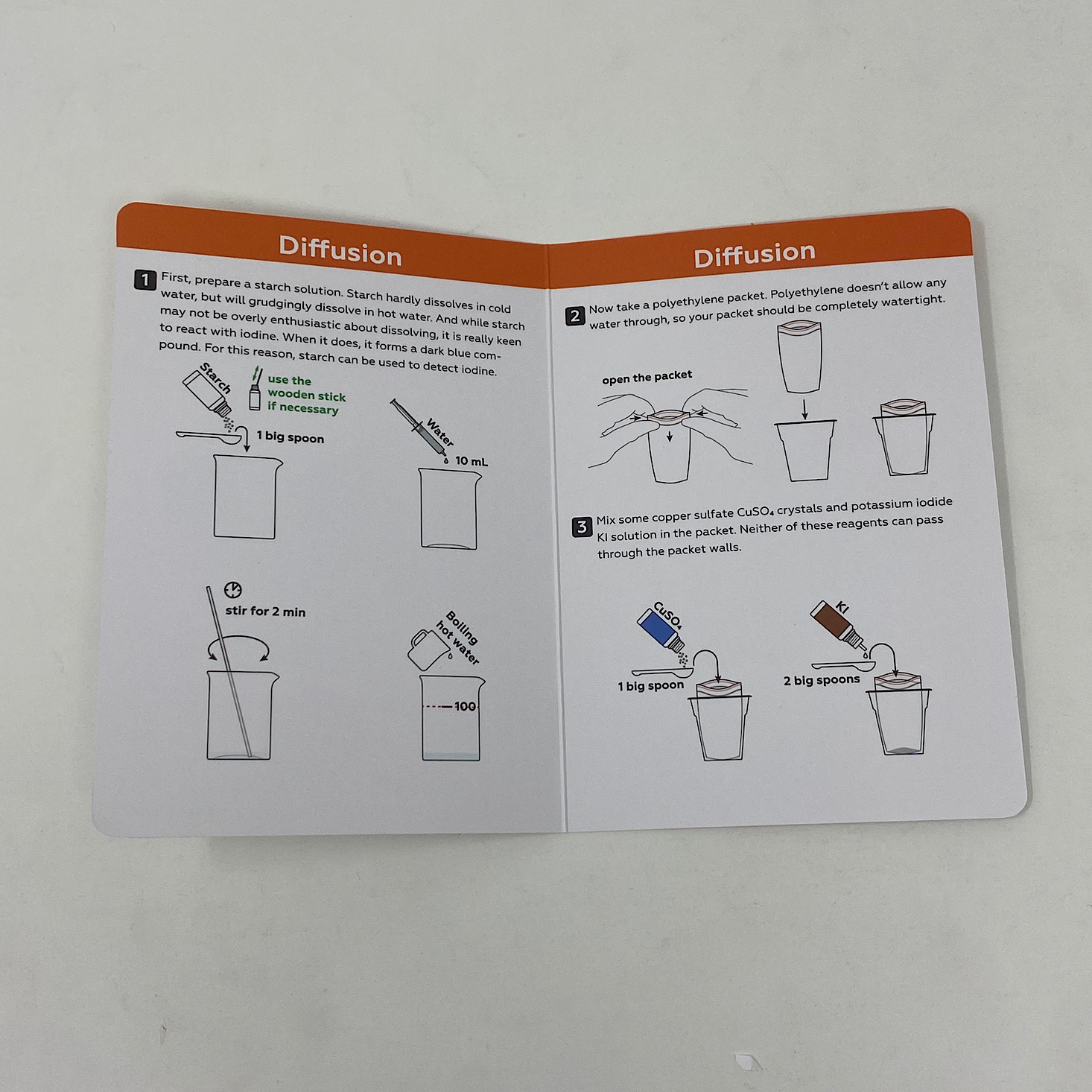
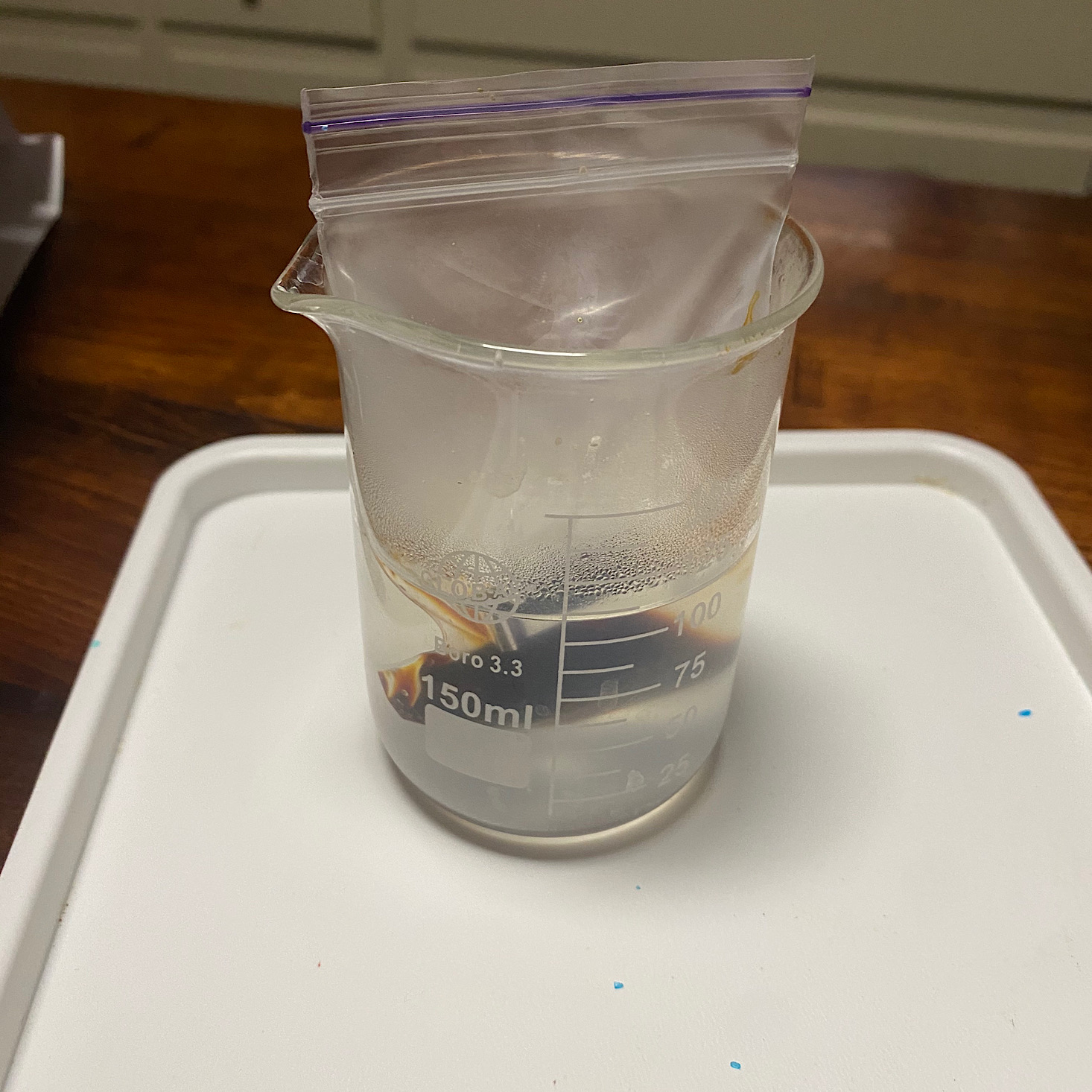


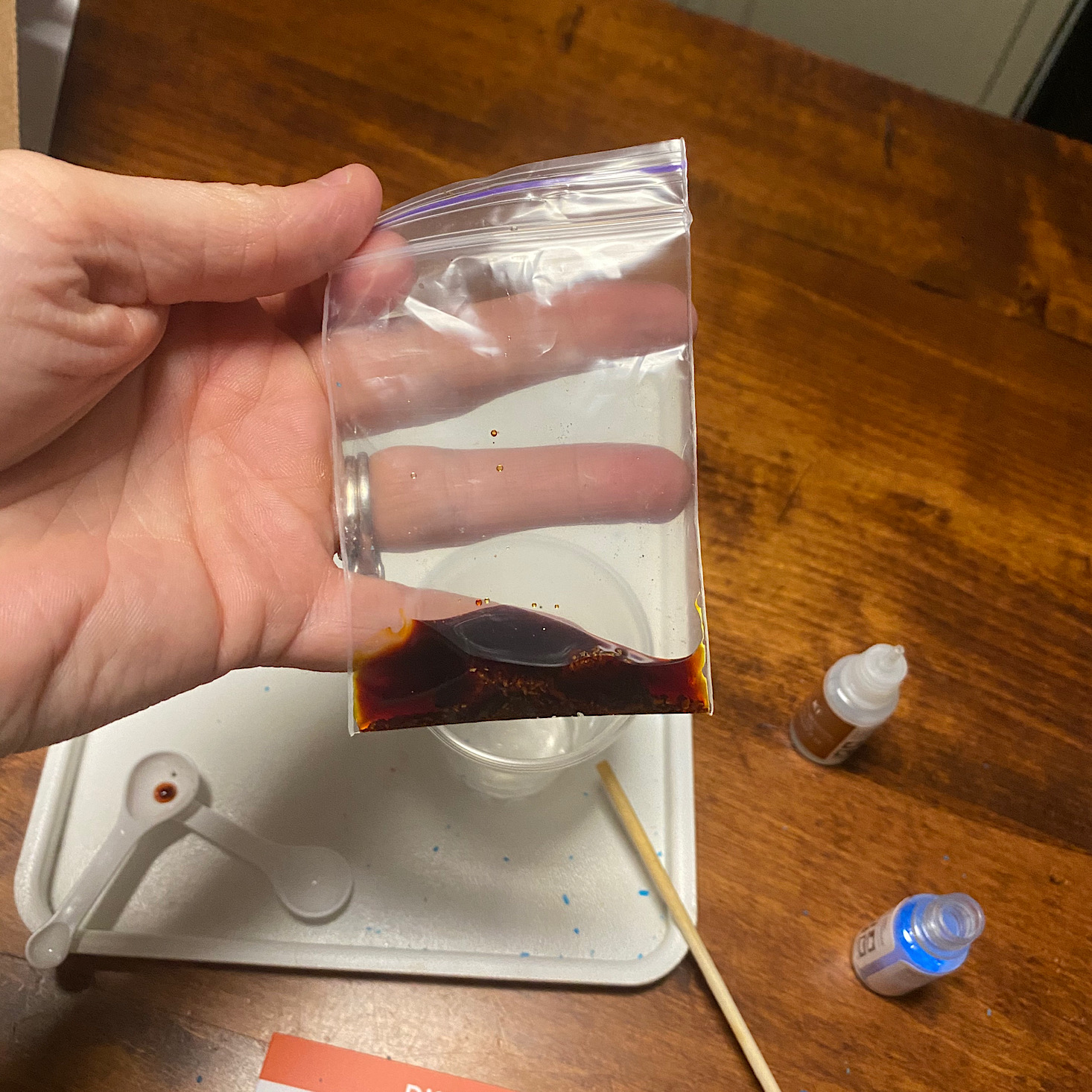
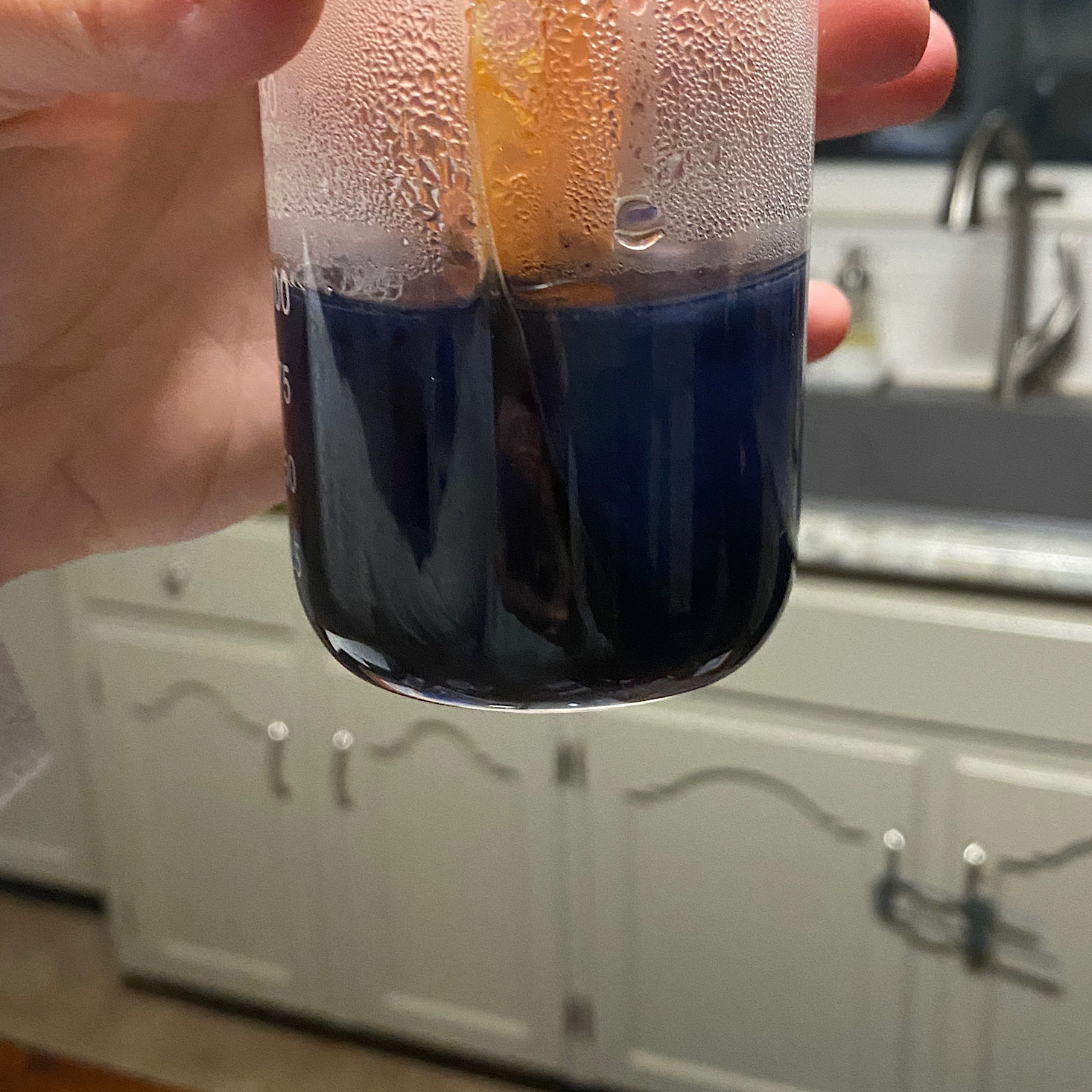

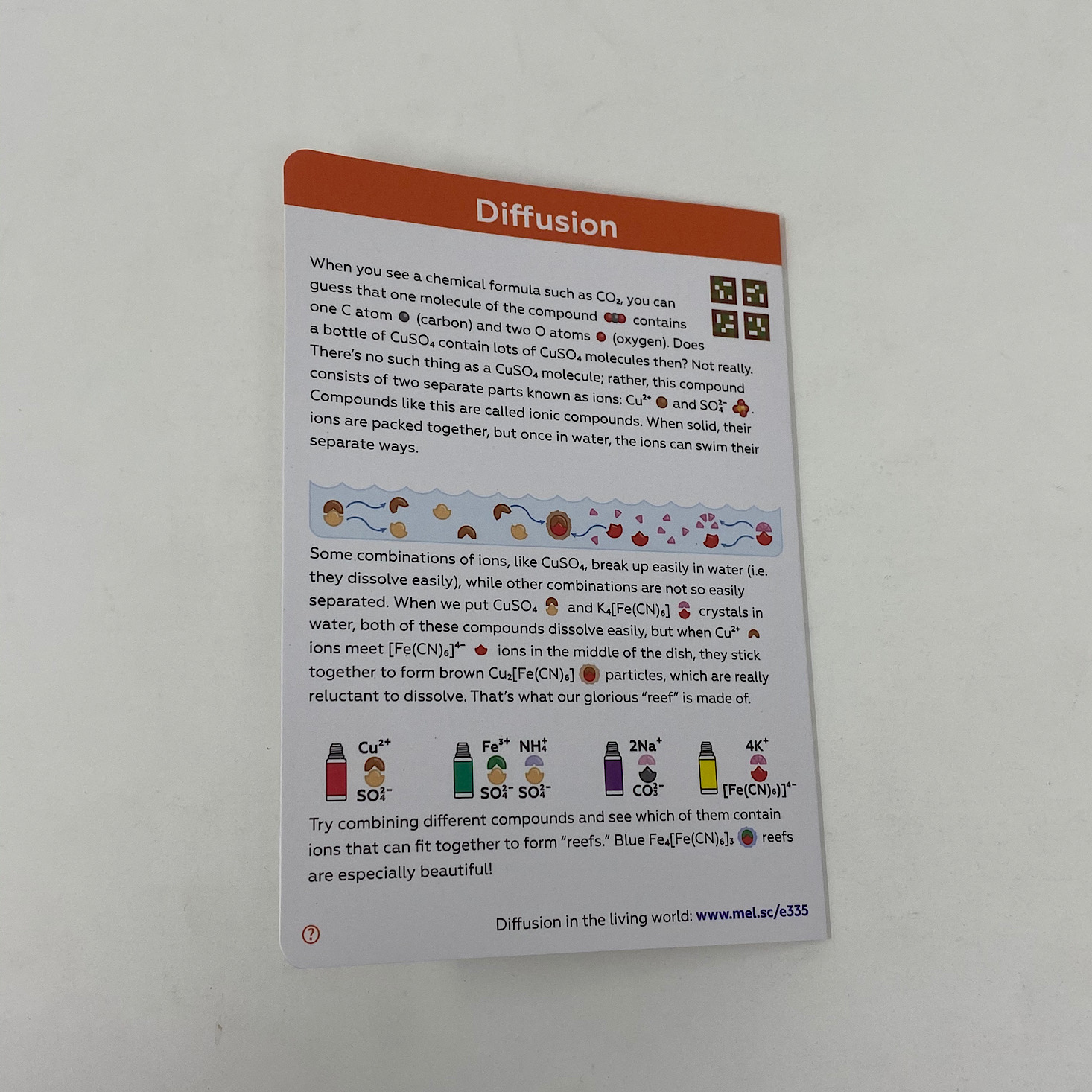
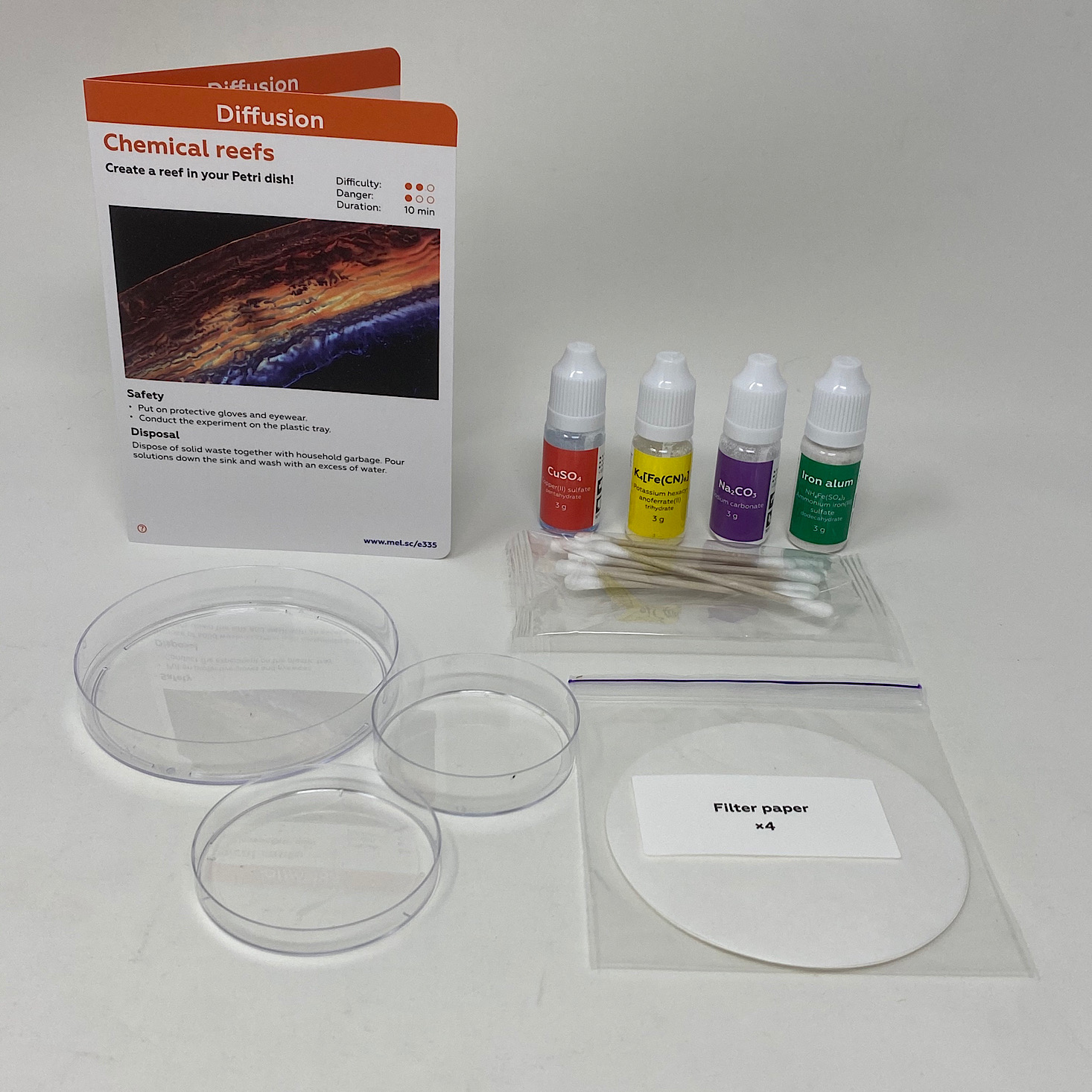
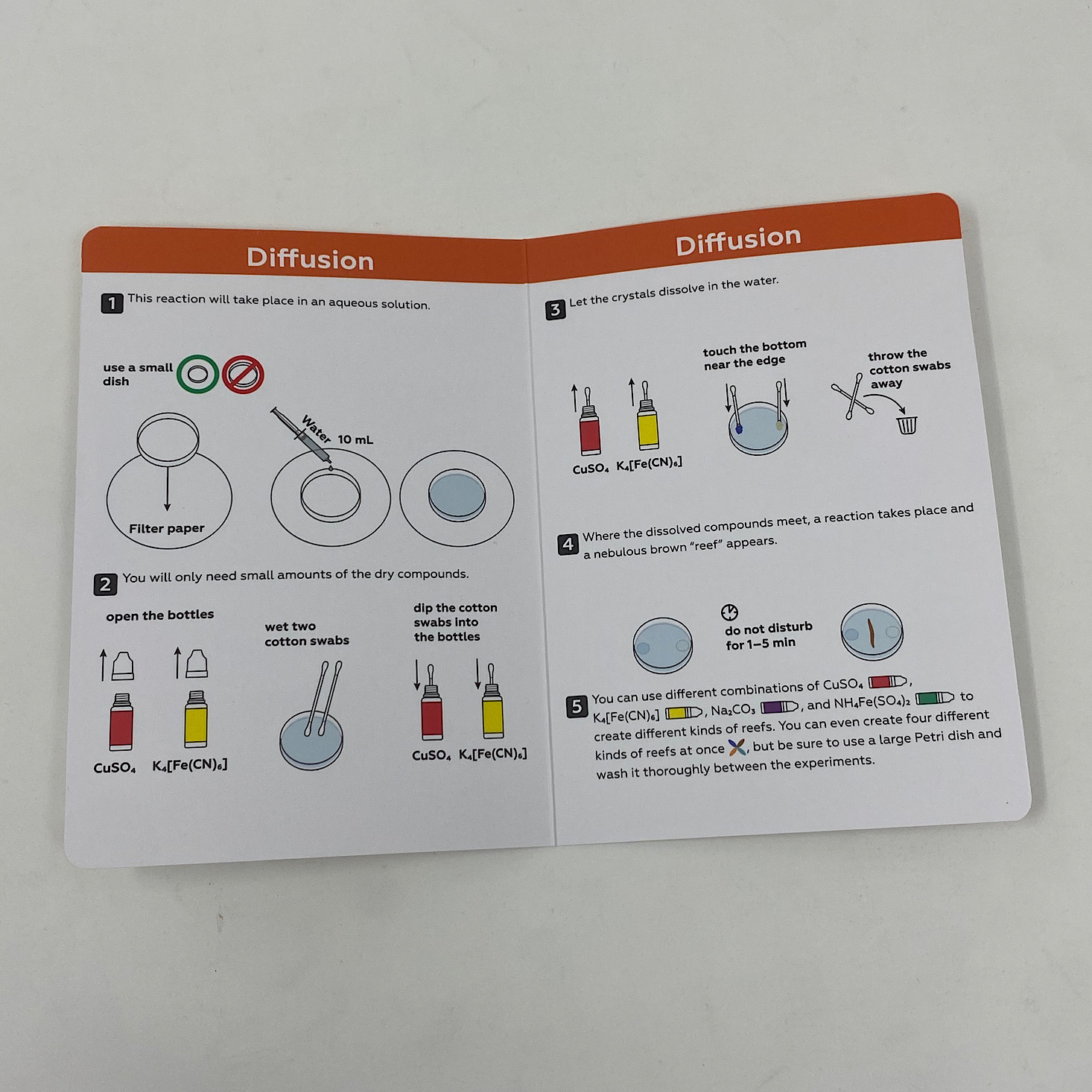


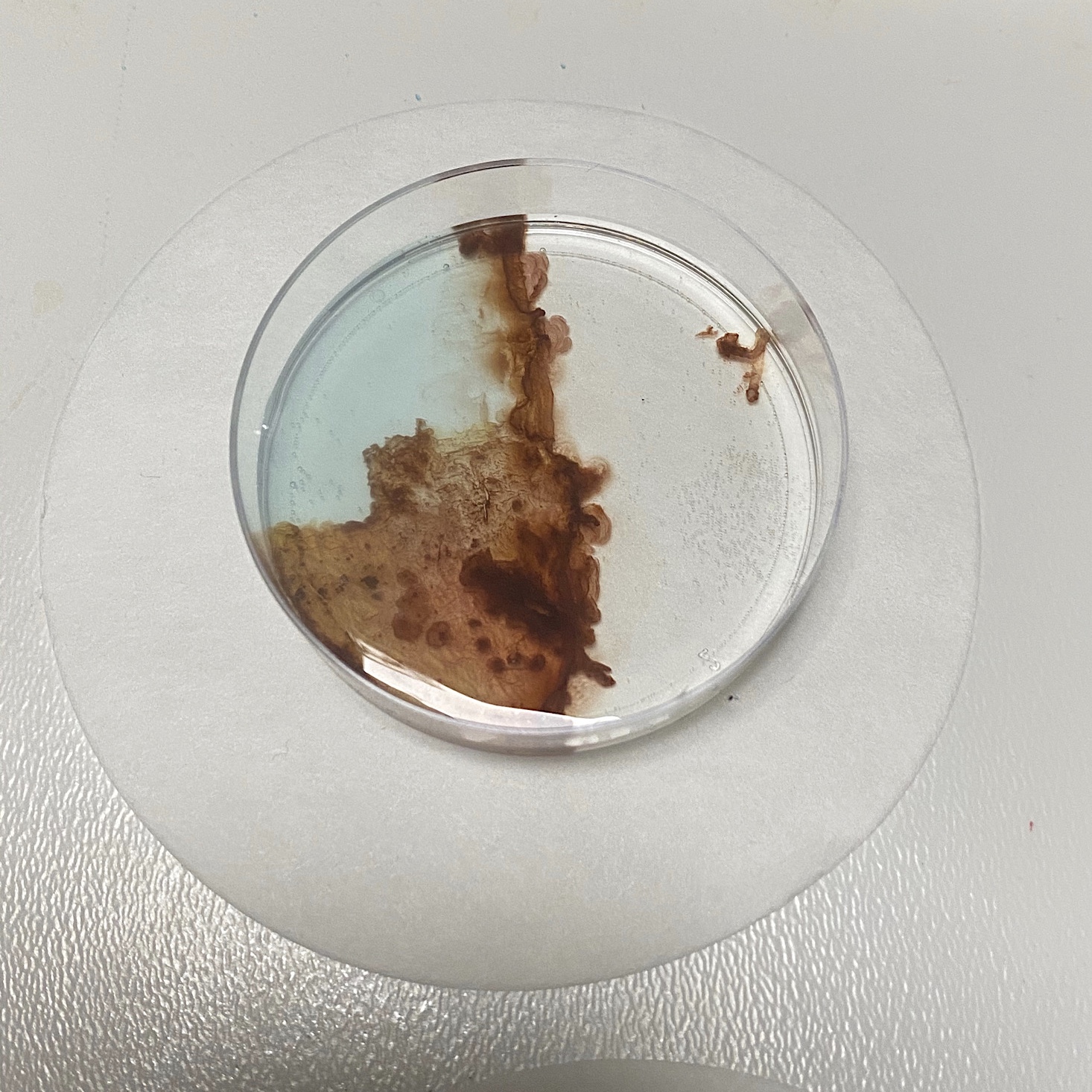
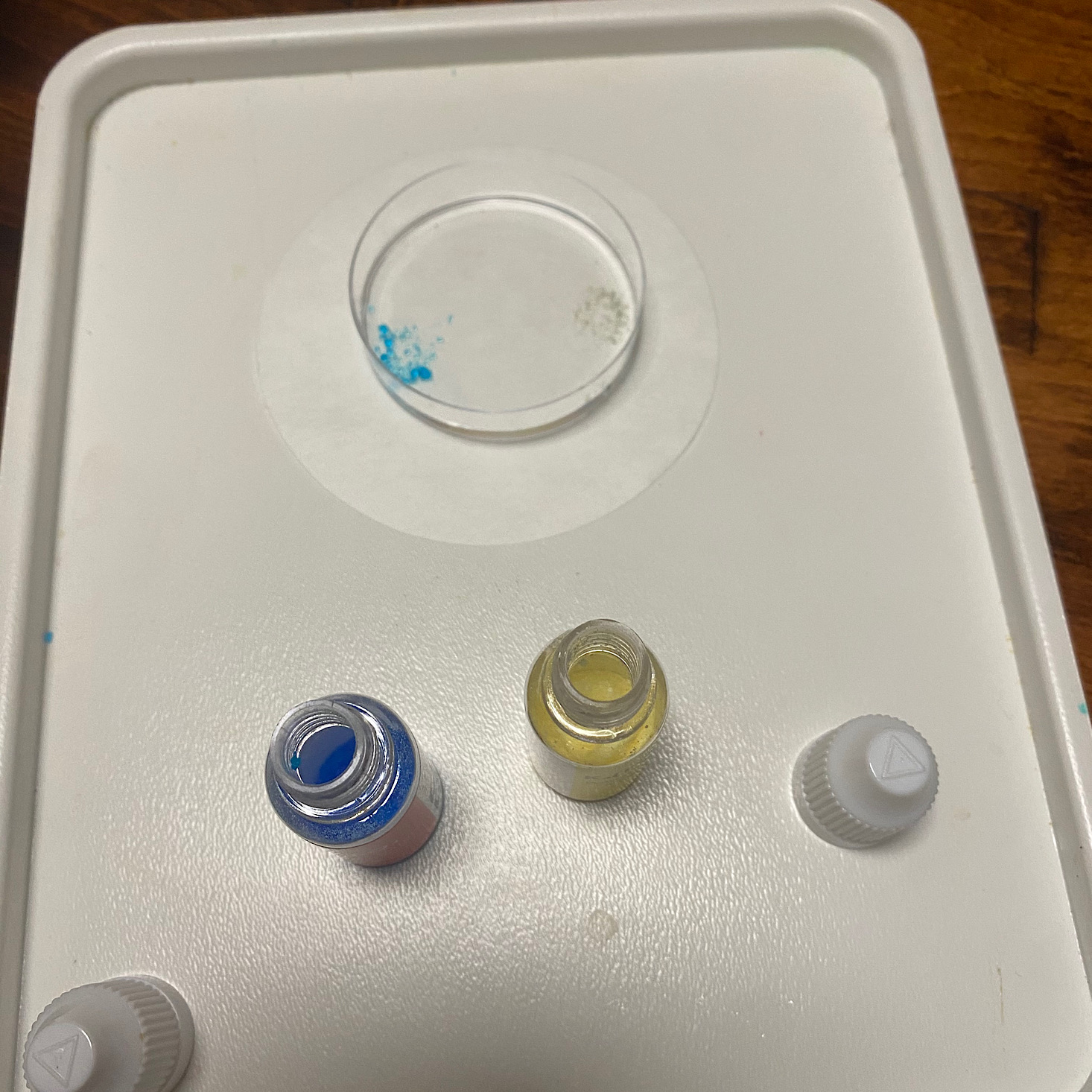




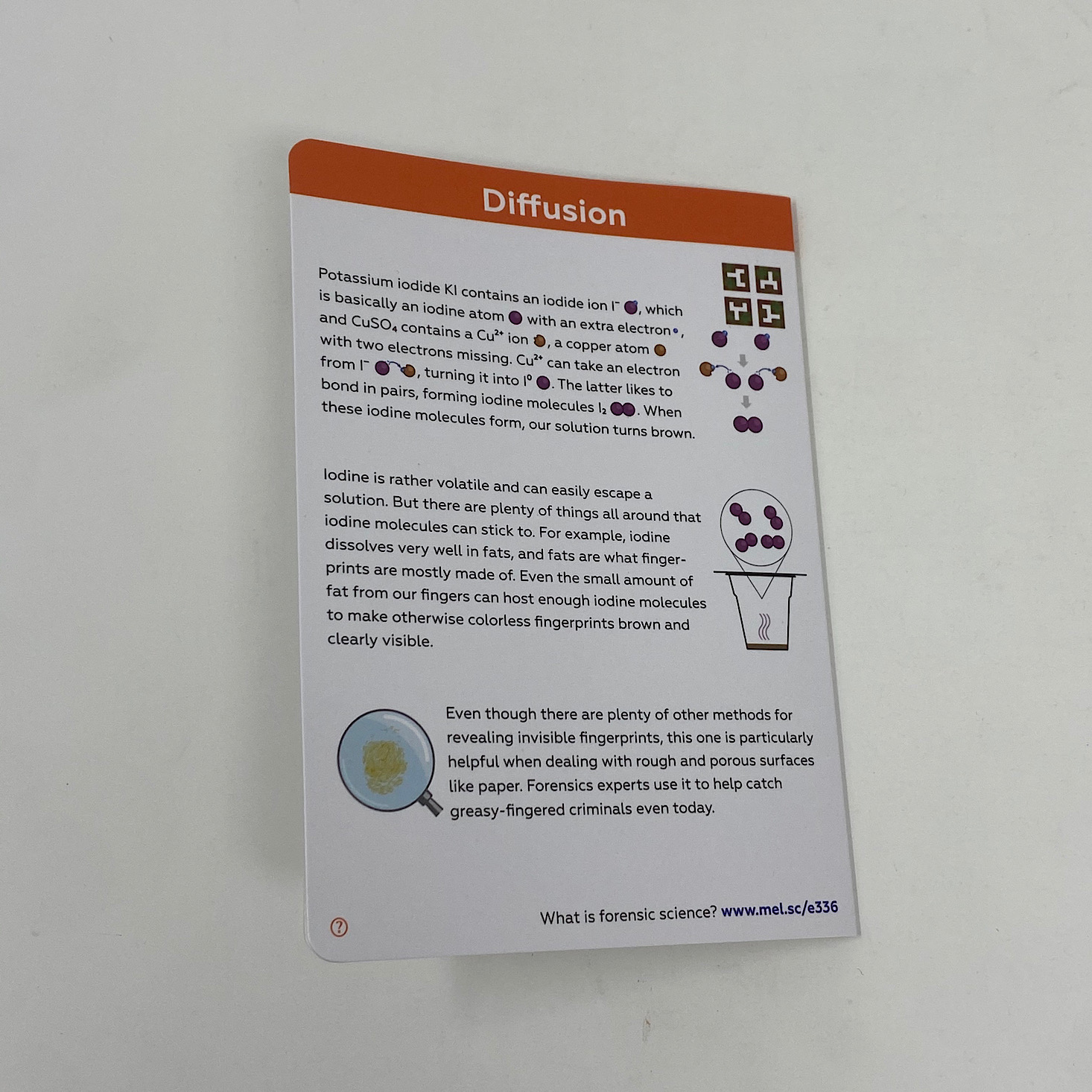


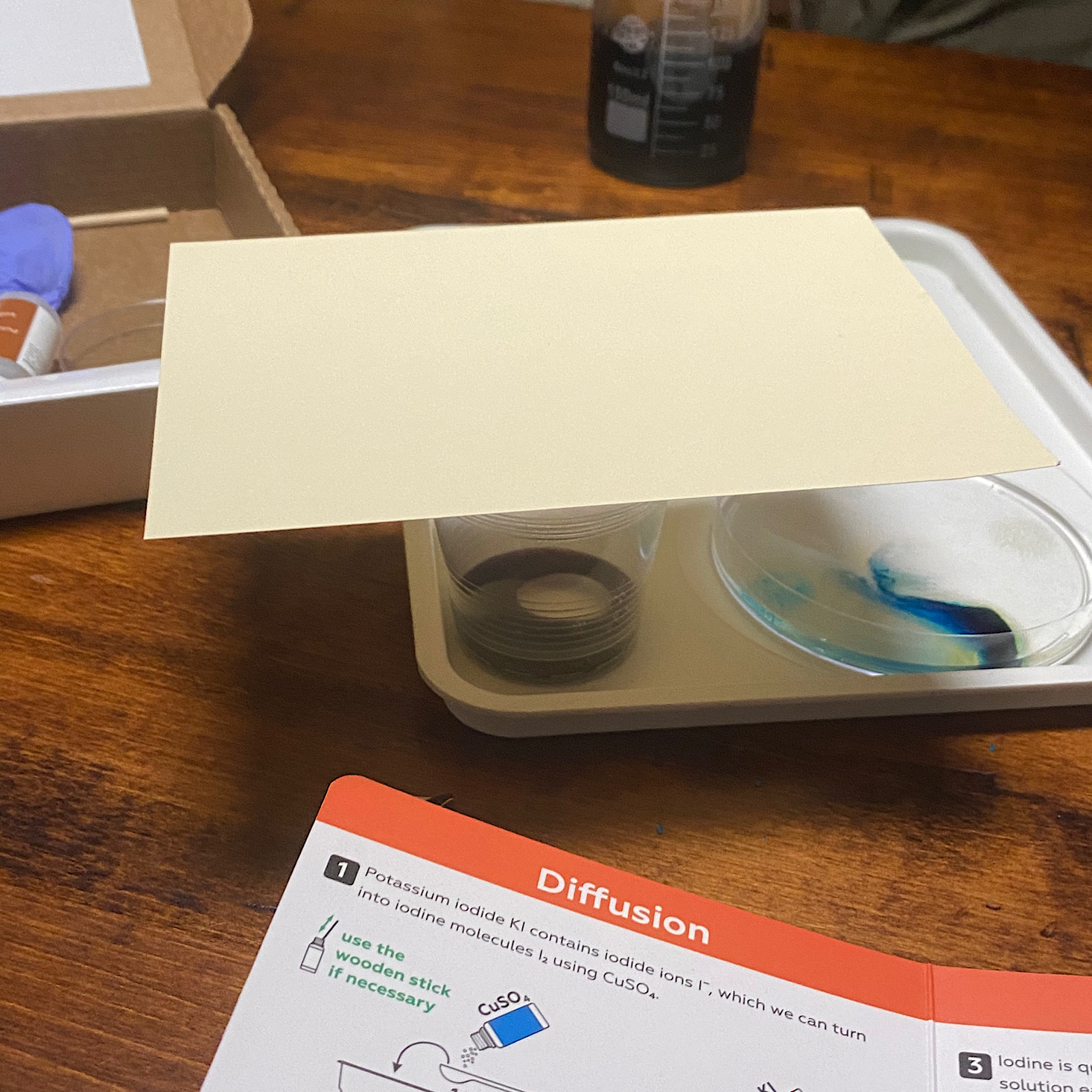




Please do not enter your email address in the Name field or in the comment content. Your email address will not be published. Required fields are marked *. Remember to post with kindness and respect. Comments with offensive language, cruelness to others, etc will not be approved. See our full comment policy here.